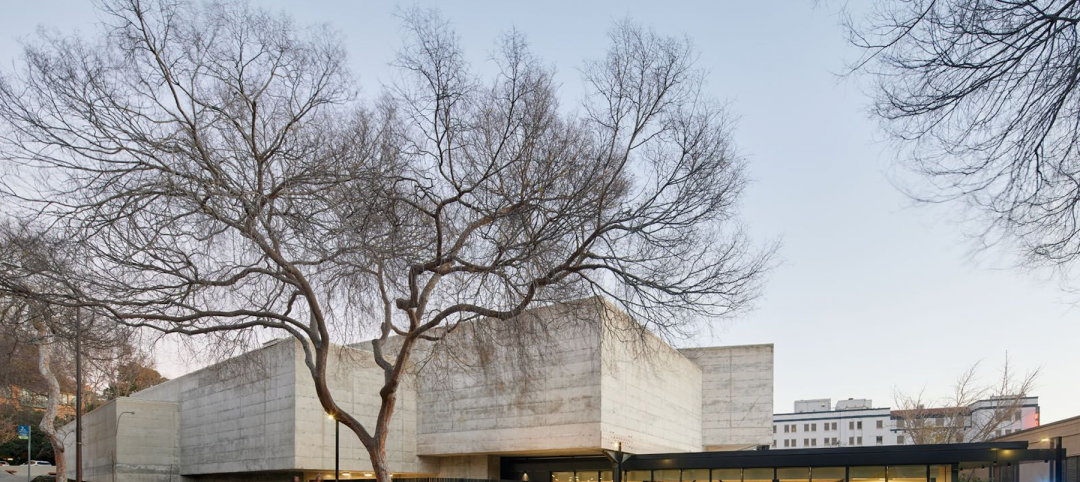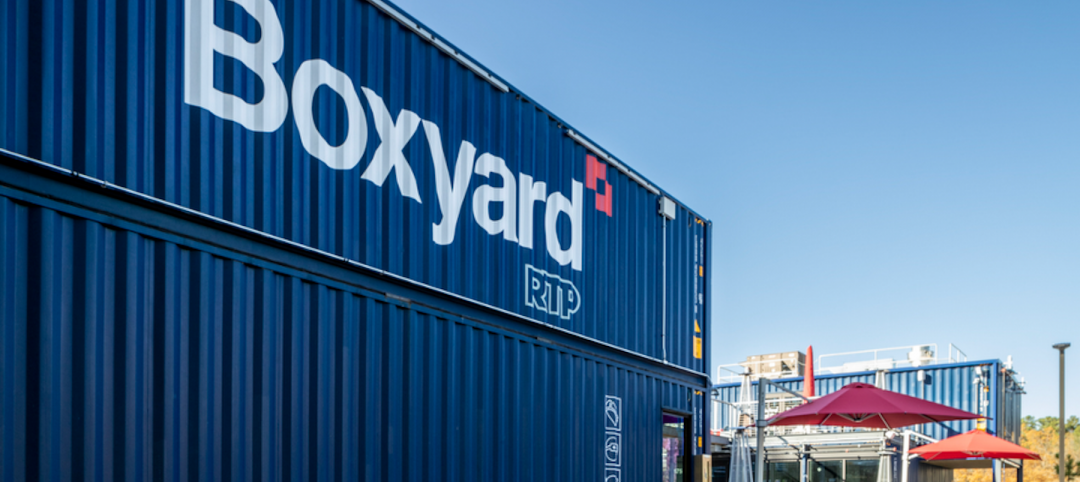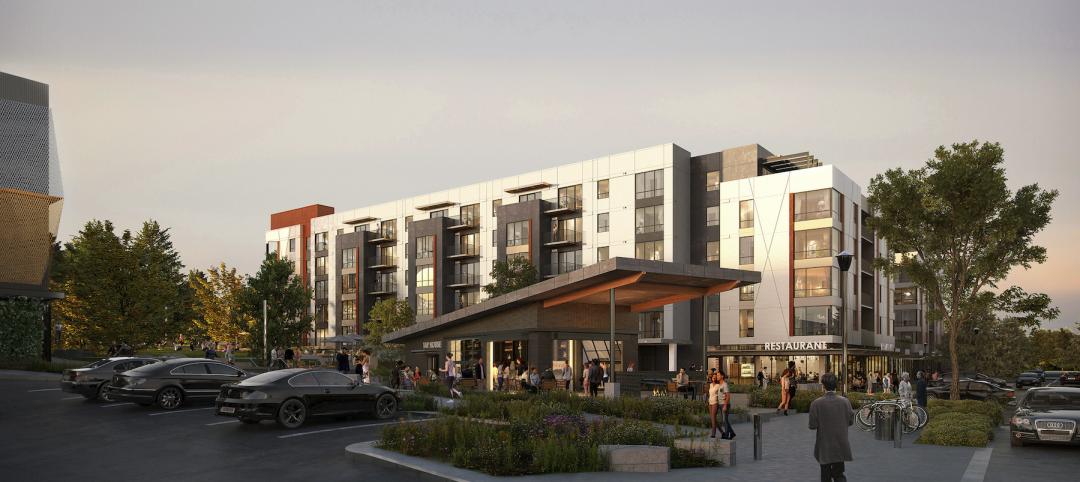Following months of political debate over the nation’s infrastructure spending needs, with multiple bills in play, the Senate took a major step forward in August, passing the $1 trillion bipartisan Infrastructure Investment and Jobs Act.
The bill—which faces scrutiny by House members before it is sent to President Biden for signing—includes $550 billion in new spending over five years for a range of initiatives related to bridges, roads, railways, even broadband Internet. Allocations include $110 billion for roads, bridges, and major projects; $66 billion for passenger and freight rail projects; $65 billion to expand high-speed Internet access; $25 billion for airports; $17 billion for port infrastructure; and $7.5 billion each for electric vehicles and zero- and low-emission buses and ferries.
When it comes to buildings-related investments, the bill is noticeably light on earmarks for initiatives in the commercial, institutional, and multifamily building sectors. It would set aside $500 million for energy upgrades in schools, but that’s about it.
“There is much more that Congress can do to improve our nation’s building stock,” wrote former House Rep. (D−Mo.) Russell Carnahan in a recent editorial in the SmartCitiesDive newsletter. Carnahan, Co-founder of BuildingAction, a non-profit group that advocates for policies and investments aimed at improving the nation’s buildings, opined that infrastructure upgrades and building investments should go hand in hand. Buildings, he wrote, “serve the national interest” and “impact our quality of life in many of the same ways as other infrastructure” does. And investment in building upgrades and new construction projects—especially energy-efficient buildings—tends to outperform investment in other sectors when it comes to creating jobs, according to BuildingAction analysis.
In late May, a collective of 21 AEC industry organizations, including ABC, ACEC, AIA, ASHRAE, BOMA, and USGBC, co-signed a letter to Congress pushing for funding in the infrastructure bill aimed at enhancing the resilience of the nation’s buildings. Citing nearly 4,000 deaths and some $550 billion in damage from weather- and climate-related events between 2014 and 2019, the group claims that “with new investments to support forward-thinking planning, design, and construction, the building industry can be a leader in saving lives and reducing costs.”
Regardless, unless the Senate’s infrastructure bill sees a major shake-up in the House, or a second heftier spending bill makes its way through Congress, the AEC industry will have to wait for the next major infrastructure spending initiative to state its "buildings as infrastructure" case.
Related Stories
Coronavirus | May 20, 2022
Center for Green Schools says U.S. schools need more support to fight COVID-19
The Center for Green Schools at the U.S. Green Building Council released a new report detailing how school districts around the country have managed air quality within their buildings during the second year of the COVID-19 pandemic.
Regulations | May 20, 2022
Biden’s Clean Air in Buildings Challenge aims to reduce COVID-19 spread
The Biden Administration recently launched the Clean Air in Buildings Challenge that calls on all building owners and operators, schools, colleges and universities, and organizations to adopt strategies to improve indoor air quality in their buildings and reduce the spread of COVID-19.
Building Team | May 20, 2022
Caltech breaks ground on a new center to study climate and sustainability
The California Institute of Technology (Caltech) recently broke ground on its Resnick Sustainability Resource Center.
Laboratories | May 20, 2022
Brutalist former Berkeley Art Museum transformed into modern life science lab
After extensive renovation and an addition, the former Berkeley Art Museum and Pacific Film Archive at the University of California, Berkeley campus reopened in May 2022 as a modern life science lab building.
Sports and Recreational Facilities | May 19, 2022
Northern Arizona University opens a new training center for its student athletes
In Flagstaff, Ariz. Northern Arizona University (NAU) has opened its new Student-Athlete High Performance Center.
Energy-Efficient Design | May 19, 2022
Shipping containers used to build Research Triangle Park’s first community gathering space
Shipping containers were the prominent building material used to construct Boxyard RTP, the first public community and gathering place in North Carolina’s Research Triangle Park (RTP).
Mixed-Use | May 19, 2022
Seattle-area project will turn mall into residential neighborhood
A recently unveiled plan will transform a 463,000 sf mall into a mixed-use destination site in the Seattle suburb of Bellevue, Wash.
Codes and Standards | May 19, 2022
JLL launches non-profit aiming to mitigate climate change
Real estate and investment management firm JLL recently launched JLL Foundation, a non-profit dedicated to making a long-term impact on environmental sustainability.
Office Buildings | May 19, 2022
JLL releases its 2022 Office Fit Out Guide
JLL’s 2022 Office Fit Out Guide report provides benchmark costs to build out a range of office types across major markets in the United States and Canada.
Biophilic Design | May 18, 2022
Horticulturalists conduct research study to understand the value of biophilic design
Benholm Group, horticulturalists that have pioneered the use of plants for interiors over the past 27 years, are collaborating on a research study to understand the value of biophilic design, according to a news release.

















